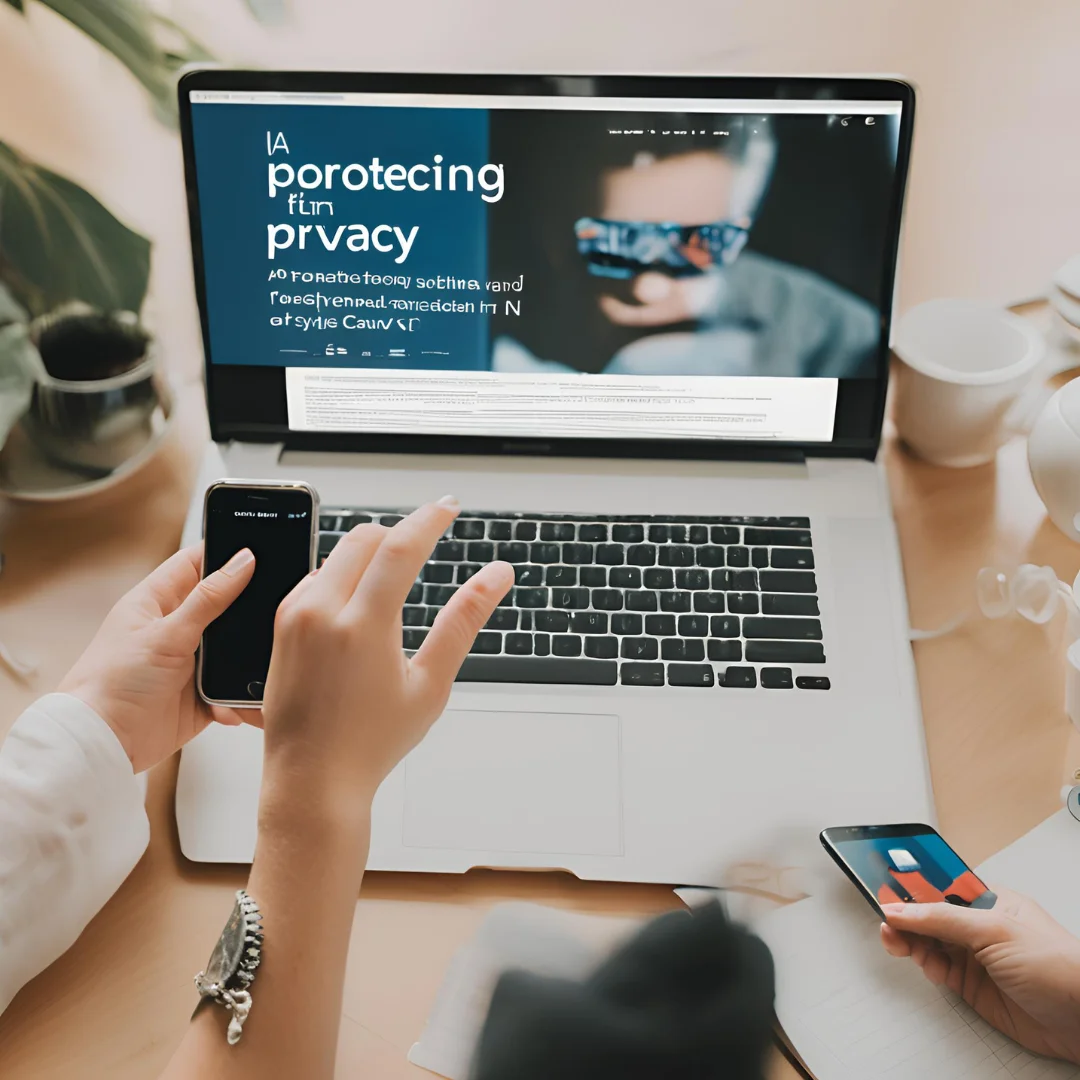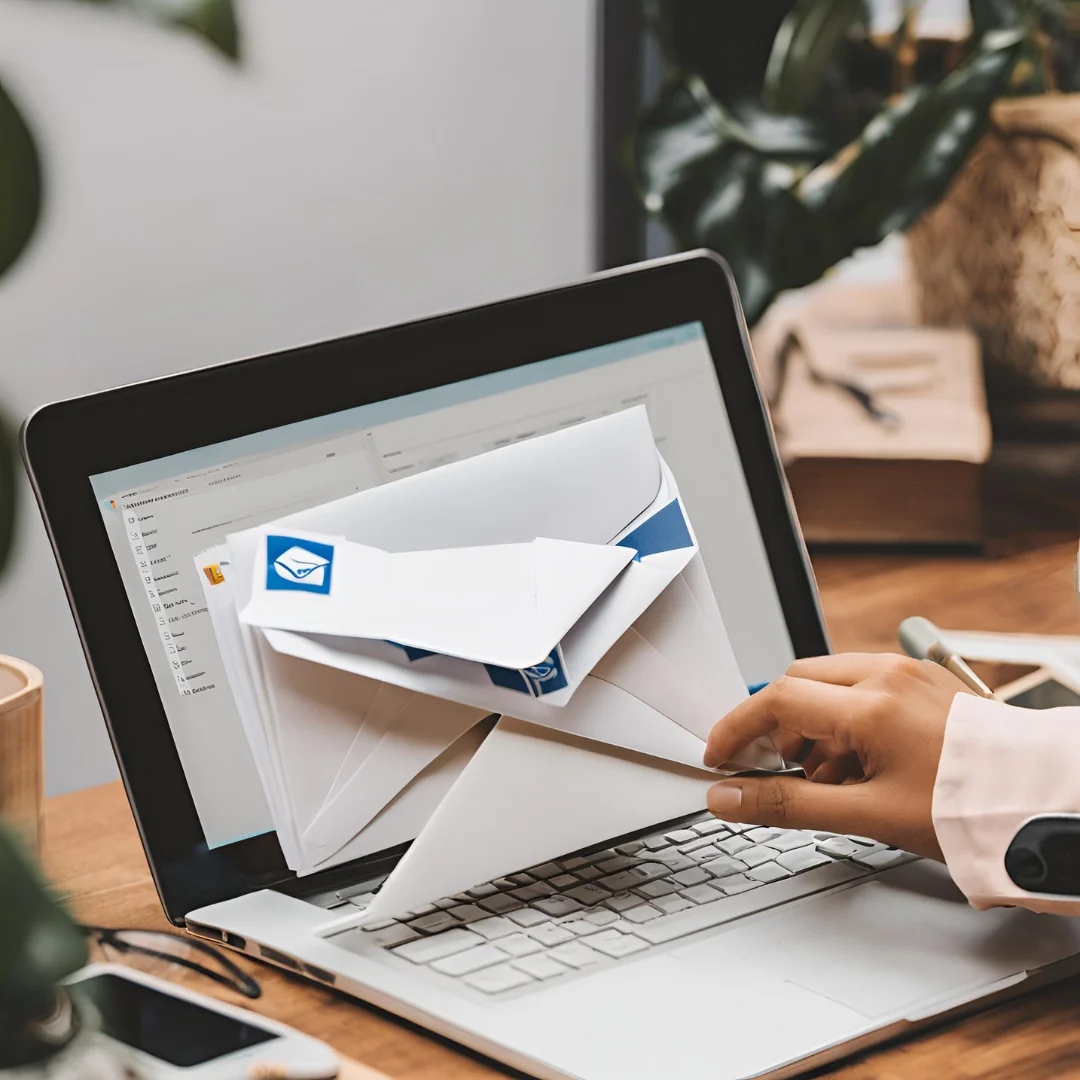Our digital lives are more vast and entwined than ever in the connected world of today. Our everyday lives now revolve around the digital world, from social media exchanges to online banking. But more connectedness also means greater threats to our privacy. Online data protection has become critical, necessitating alertness, awareness, and preventative actions. This blog will explore the value of digital privacy, typical security risks, and practical methods for protecting your private data online.
The Importance of Digital Privacy
The right to maintain the security and confidentiality of your personal data when utilizing online platforms and services is known as digital privacy. It includes the safeguarding of private communication, the protection of personal data, and the control over the gathering, use, and distribution of information. Preserving one's online privacy is essential for multiple reasons:
-
Preventing Identity Theft: Cybercriminals can use personal data, like Social Security numbers, credit card numbers, and bank account information, to commit financial fraud and identity theft.
-
Safeguarding Personal and Professional Reputation: Unauthorized access to private information, social media accounts, and correspondence can harm one's reputation in both personal and professional spheres.
-
Maintaining Confidentiality: Private correspondence, court papers, medical records, and other sensitive material should all be kept private and shielded from prying eyes.
-
Ensuring Personal Safety: Personal information exposure, including home addresses and phone numbers, can result in physical and psychological harm, including harassment and stalking.
Common Threats to Digital Privacy
Understanding the common threats to digital privacy is the first step in protecting yourself online. Some of the most prevalent threats include:
-
Phishing Attacks: Phishing is the practice of sending false emails, messages, or websites in an attempt to fool someone into disclosing personal information, such as bank account information or login passwords.
-
Malware and Ransomware: Malicious software has the ability to lock users out of their computers until a ransom is paid, steal data, and infect devices. Downloads, hacked websites, and email attachments are all possible ways for malware to propagate.
-
Data Breaches: Massive data breaches have the potential to reveal millions of people's personal information. Hackers frequently target businesses and organizations in an effort to get and pilfer private information.
-
Social Engineering: Social engineering techniques take advantage of human nature to trick people into disclosing private information. This can involve baiting, pretexting, and impersonation.
-
Tracking and Surveillance: Online tracking entails gathering information about users' locations, online activity, and browsing preferences, frequently for marketing purposes. This information may occasionally be utilized for more nefarious activities like profiling and monitoring.
Strategies for Protecting Digital Privacy
It's critical to take a complete approach that integrates technology, best practices, and awareness in order to protect your digital privacy. Here are a few practical methods to safeguard your private information when using the internet:
1. Use Strong, Unique Passwords
Creating strong, unique passwords for each of your online accounts is one of the most effective ways to protect your digital privacy. Follow these guidelines:
-
Complexity: Make use of a combination of numbers, special characters, and capital and lowercase letters.
-
Length: Try to keep your passwords between 12 and 16 characters long.
-
Uniqueness: Don't use the same password for more than one account. Every password ought to be unique.
Consider using a password manager to generate and store strong passwords securely.
2. Enable Two-Factor Authentication (2FA)
By demanding an additional form of verification in addition to your password, two-factor authentication provides an additional degree of protection. This might be a hardware token, a fingerprint scan, or a code texted to your phone. The possibility of unwanted access to your accounts is greatly decreased when you enable 2FA.
3. Be Cautious with Personal Information
Limit the amount of personal information you share online, especially on social media platforms. Be mindful of the following:
-
Privacy Settings: To limit who can see your posts and information, change the privacy settings on your social network accounts.
-
Oversharing: Don't provide private information to the public, such as your address, phone number, or vacation itinerary.
-
Phishing Awareness: Unwanted emails or texts asking for personal information should be avoided. Before answering, make sure the sender is who they say they are.
4. Use Encrypted Communication
Your messages will be private and safe from prying eyes thanks to encryption. For secure communication, use encrypted messaging apps like WhatsApp or Signal. To further secure your online activity from prying eyes and encrypt your internet traffic, think about utilizing a virtual private network (VPN).
5. Keep Software and Devices Updated
Updating your devices, operating systems, and software on a regular basis is essential for preventing security flaws. To guarantee that you get the most recent security updates and enhancements, turn on automatic updates.
6. Implement Privacy-Focused Browsing Practices
Adopt privacy-focused browsing practices to reduce online tracking and protect your data:
-
Private Browsing Mode: To stop your browser from storing cookies, temporary files, and your browsing history, use the private or incognito mode.
-
Ad Blockers and Tracking Protection: Install tracking protection extensions and ad blockers to prevent invasive advertisements and trackers that gather your information.
-
Secure Search Engines: Make use of search engines that prioritize privacy, like DuckDuckGo, which doesn't track your requests or save personal data.
7. Monitor and Manage Your Digital Footprint
Regularly monitor and manage your digital footprint to stay informed about what information is available about you online:
-
Search Yourself: Make periodic web searches for your name and personal data to find and resolve any possible privacy issues.
-
Account Clean-Up: Reduce the quantity of personal information that is available online by deactivating or deleting outdated or unused accounts.
-
Data Removal Services: To assist you in removing or redacting personal information from data brokers and other online sources, think about using data removal services.
8. Educate Yourself and Stay Informed
Staying informed about the latest privacy threats and best practices is essential for maintaining digital privacy. Follow these steps:
-
Security News: To keep up with the latest security trends and emerging dangers, subscribe to reliable cybersecurity news sites.
-
Training and Awareness: Enroll in security and privacy education programs to increase your awareness of the risks to your online privacy.
-
Community Engagement: To connect with like-minded people and exchange experiences, advice, and best practices, join online communities and forums devoted to digital privacy.
Conclusion: Taking Control of Your Digital Privacy
It's critical to take preventative action to safeguard your personal data in a world when threats to digital privacy are constant. You may protect your online presence and keep control over your personal data by realizing the significance of digital privacy, identifying frequent dangers, and putting good practices into practice.




